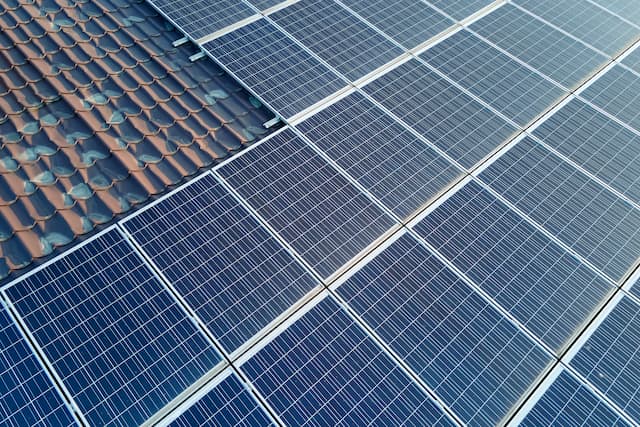How to Prepare Your Roof For Solar Panel Installation Projects

As you may already know, solar panels are an excellent investment for your home, as they can help you save money on your energy bills and reduce your carbon footprint. However, before you can start reaping the benefits of solar power, you need to make sure your roof is ready for the installation process. Here are some things you should consider before installing solar panels on your roof.
- Check the Condition of Your Roof
- Determine the Roof’s Orientation and Tilt
- Calculate the Roof’s Load-Bearing Capacity
- Clear the Roof of Debris and Obstacles
- Install Roof Flashing
- Choose the Right Solar Panel Mounting System
Before you can install solar panels, you need to make sure your roof is in good condition. Solar panels can last for over 25 years, so it’s essential to ensure that your roof will last just as long. If your roof is more than 15 years old, you may need to replace it before installing solar panels. Additionally, you should check for any leaks, damage, or missing shingles. If you find any issues, you should address them before the solar panel installation process begins.
The orientation and tilt of your roof are crucial factors to consider when installing solar panels. The ideal orientation for solar panels is south-facing, as this maximizes exposure to sunlight throughout the day. However, east or west-facing roofs can also work well, depending on your location and the specific panel model. Additionally, the tilt of your roof should be optimized to receive the most sunlight possible. A tilt angle of between 30-40 degrees is typically the most efficient, but this can vary depending on your location and the panel model.
Solar panels are heavy, so it’s essential to ensure that your roof can support their weight. You should calculate your roof’s load-bearing capacity to ensure that it can support the additional weight of the solar panels. If your roof cannot support the panels, you may need to reinforce it before installation.
Before the solar panel installation process begins, you should clear your roof of any debris or obstacles. This includes branches, leaves, and any other debris that may have accumulated on your roof over time. Additionally, you should clear any obstacles that may block the sunlight from reaching your solar panels, such as chimneys or other buildings.
Roof flashing is a material that is used to prevent water from seeping into your home through gaps in the roof. Before installing solar panels, you should install roof flashing to prevent any potential leaks. Roof flashing should be installed around the perimeter of the solar panels and at any points where the panels meet the roof.
There are two main types of solar panel mounting systems: ballasted and penetrating. Ballasted systems use weights to hold the solar panels in place, while penetrating systems attach the panels directly to the roof. Each system has its own pros and cons, so it’s essential to choose the right one for your home. If you’re unsure which mounting system to choose, consult with a professional solar installer.
In conclusion, installing solar panels on your roof is an excellent investment for your home. However, before you can start reaping the benefits of solar power, you need to make sure your roof is ready for the installation process. By following these tips, you can ensure that your roof is prepared for solar panel installation and enjoy the many benefits of clean, renewable energ.